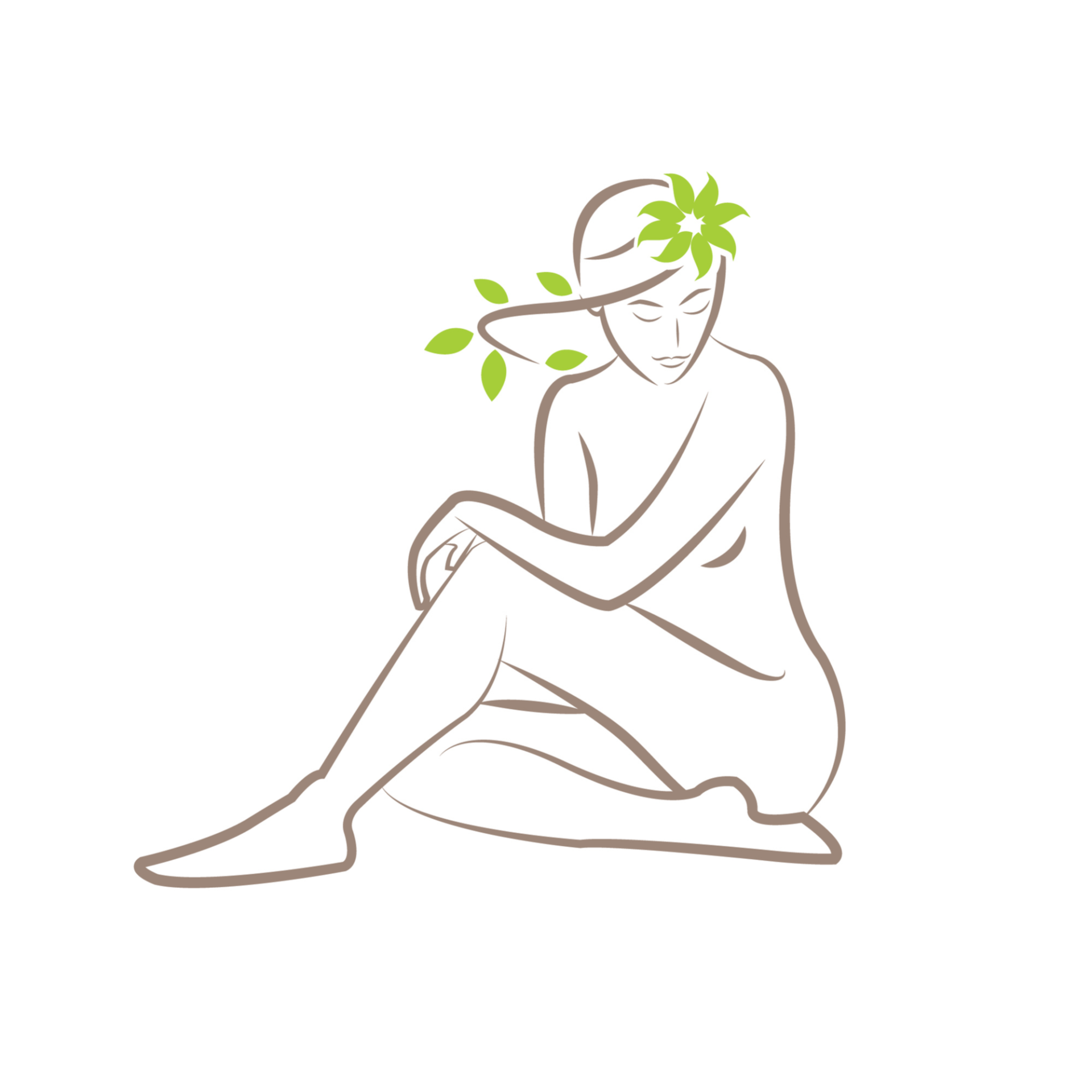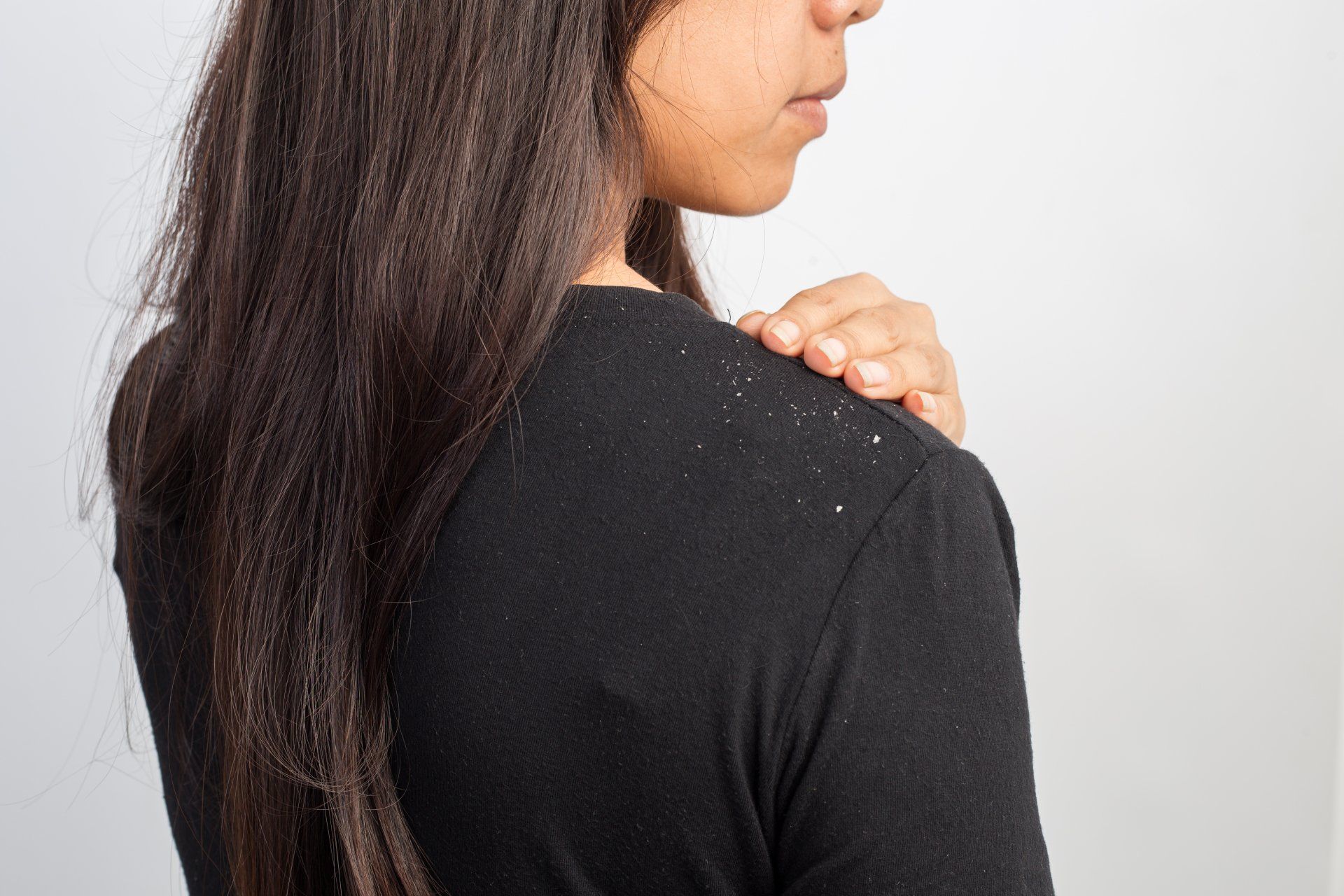
Modern lifestyle is loaded with stress and responsibilities that often leave us exhausted and off-balance. Our bodies are persistently worn out and we neglect the need to practice a self-care routine that is essential to cleanse our body, mind and spirit. Ayurveda emphasizes a lot on how to lead each day of life to bring a sense of calm and well being. Dinacharya or a daily routine is the heart of Ayurvedic lifestyle and acts as a guide to incorporate nurturing habits into one’s lifestyle that promote health, vitality and clarity in life. A meticulously followed daily routine helps one to attune the body with the natural cycle of the day and support the healing potentials of the body. Abhyanga (self-massage) forms an important part of the Ayurvedic daily routine, to strengthen the body and improve vitality. It is a centuries old practice that is recommended to all ages from a newborn to an elderly person, that provides a grounding and nurturing experience that keeps you energized all day. Abhyanga is done with sneha and oil. Sneha means ‘love’ in Sanskrit and so abhyanga means to envelope your body with oil and love. This emphasizes the importance Ayurveda has placed on caring for our body by devoting love and attention to nourish each tissue of the body. Apart from the stress relieving properties, abhyanga helps in: Balancing vata dosha Lustrous hair and healthy skin Relieving fatigue and graceful aging Healthy vision and improved sleep Healthier musculoskeletal and nervous system Toning the body tissues How to do Abhyanga ? Although abhyanga is very simple to perform, the first few sessions may seem daunting to newbies. Select a comfortable and leisurely day so that you can carefully plan your steps and slowly start incorporating it in your daily routine as you gain experience. The steps are as follows: You may start by taking the oil as it is or by warming the oil. To warm the oil, place the bowl of abhyanga oil in a larger vessel of hot water. Test the temperature by putting a drop on your inner wrist. The oil should be comfortably warm and not hot. Sit or stand on a towel that you don’t mind ruining because of oil accumulation. Start the massage gently but firmly, by taking about one tablespoon of oil at a time. Begin with the face, massaging in circular motion on your forehead, temples and cheeks. Massage your ears and ear lobes as well, as they are seat to important marmas or vital points. Always massage towards the direction of your heart- long strokes on arms and legs and circular strokes on joints and chest. Follow the path of the large intestine- moving up on the right side and then across and then down to left. Finish the abhyanga by spending a couple of minutes massaging your feet. Massage the whole body for a total of 15-20 minutes with patience. Abhyanga oil is traditionally applied 30-45 minutes before bathing to let the body absorb the oils & herbs. Enjoy a warm bath and if required use a mild herbal soap to rinse off the oil. Keep a special towel to dry yourself after an abhyanga, as the towel may get ruined in the long run due to accumulation of oil. When to avoid Abhyanga ? Avoid doing abhyanga during any physical discomfort Do not practice abhyanga after your meals and while having indigestion or constipation Avoid abhyanga during fever or over broken skin Abhyanga should not be done if you have a fracture or dislocation Abhyanga as a regular practice will have immense benefits as it penetrates deeply into the tissues and will make a huge improvement in your energy levels. YWL Abhyanga Oil has all the essential elements that you need to perform abhyanga or self massage practice. It’s a nourishing blend of Sesame and Sunflower oils along with the herbs neem (known for its antimicrobial properties) and tulsi (commonly known as Indian holy basil, has antioxidant, anti-inflammatory, and anti-aging properties) that helps soothe irritated and itchy skin. It also has rosemary and thyme that calms the mind and enhances your mood. This unique blend of oils makes it ideal for self massage practice. Abhyanga nourishes your body, mind and spirit to restore the balance of your doshas and enhances well-being. Practice abhyanga at least 2-3 times a week to enjoy and relish the true benefits of oil massage.

All of us love that spirit lifting good hair day, don’t we? It magically transforms our look, and yet it seems so elusive, especially when we desperately want it. Although we might argue that healthy, shiny and problem free hair is just about sheer luck and good genes, there is no escaping the fact that by adopting good hair habits we can control the damage and make the best of what we have. Dull, brittle hair, premature greying and hair fall…the list of modern day hair problems is long. But the most embarrassing among these has to be Dandruff. Imagine going to a formal event in an all black ensemble only to have that sudden impulse to scratch your scalp and then follow the dreaded cascade of white flakes for everyone in public to see. Dandruff is actually a scalp condition, attributed to an inflammatory reaction to a fungus that feeds on your dead scalp tissue. Genetic and hormonal imbalances are also a predisposition for developing dandruff. Ayurveda considers dandruff as darunaka, caused by imbalance of tridoshas. Vitiated Kapha dosha causes oily flakes and vata causes dry flakes. The causes can also be attributed to faulty diet, constipation or impaired general health. What can you do to get rid of Dandruff? Following are a few effective remedies. Instead of using chemical shampoos, use powdered Mung lentils as a hair mask. Make a thick paste by mixing powdered mung lentils and water. Apply the paste on your scalp and rinse/wash hair after 20 minutes. In case you have oily scalp, you can use a mild herbal shampoo to wash hair. Loaded with protein, mung lentils have antibacterial properties which helps in getting rid of dandruff. Prepare a hair oil by adding 20-25 Tulsi leaves, 20-25 neem leaves, a spoon of fenugreek seed, 5-6 hibiscus flowers and a pinch of black pepper powder mixed in half a litre of sesame oil and exposing it to sunlight for 10 days. Strain, store it and apply over the scalp half an hour before washing hair. In case you have dry dandruff with extreme itching, adding a small amount of camphor will provide relief. Tulsi and neem have antimicrobial properties and fenugreek is rich in protein and nicotinic acid, that help prevent hair fall and dandruff. Black pepper has a combination of zinc and selenium, that fights dandruff. Sesame oil has antimicrobial action and moisturises the scalp. Camphor has antibacterial property and cools the scalp. Apply a paste of curry leaves, onion, amla and yogurt on the scalp for about 20-30 minutes once every week and wash off with a mild herbal shampoo. Curry leaves and amla have antibacterial property that wards off dandruff. Yogurt helps in exfoliating the scalp and onion pulp nourishes the hair follicles. Neem oil acts as an effective antifungal. Massage neem oil on scalp before hair wash or use water boiled with neem leaves as final wash. Applying freshly extracted aloe vera gel on the scalp gently exfoliates the skin and provides relief from itchy scalp. Include Amla or Indian gooseberry in your diet to improve your general health. Avoid taking spicy, oily and processed food. Restrict intake of caffeine. Change your pillow covers and bedsheets once every week and disinfect your comb often. Dandruff is a very common condition and you are definitely not alone and merely changing your habits can have a significant effect on your scalp health. If even after using all these remedies, you find that the problem persists, it's always better to get in touch with an Ayurvedic expert.
